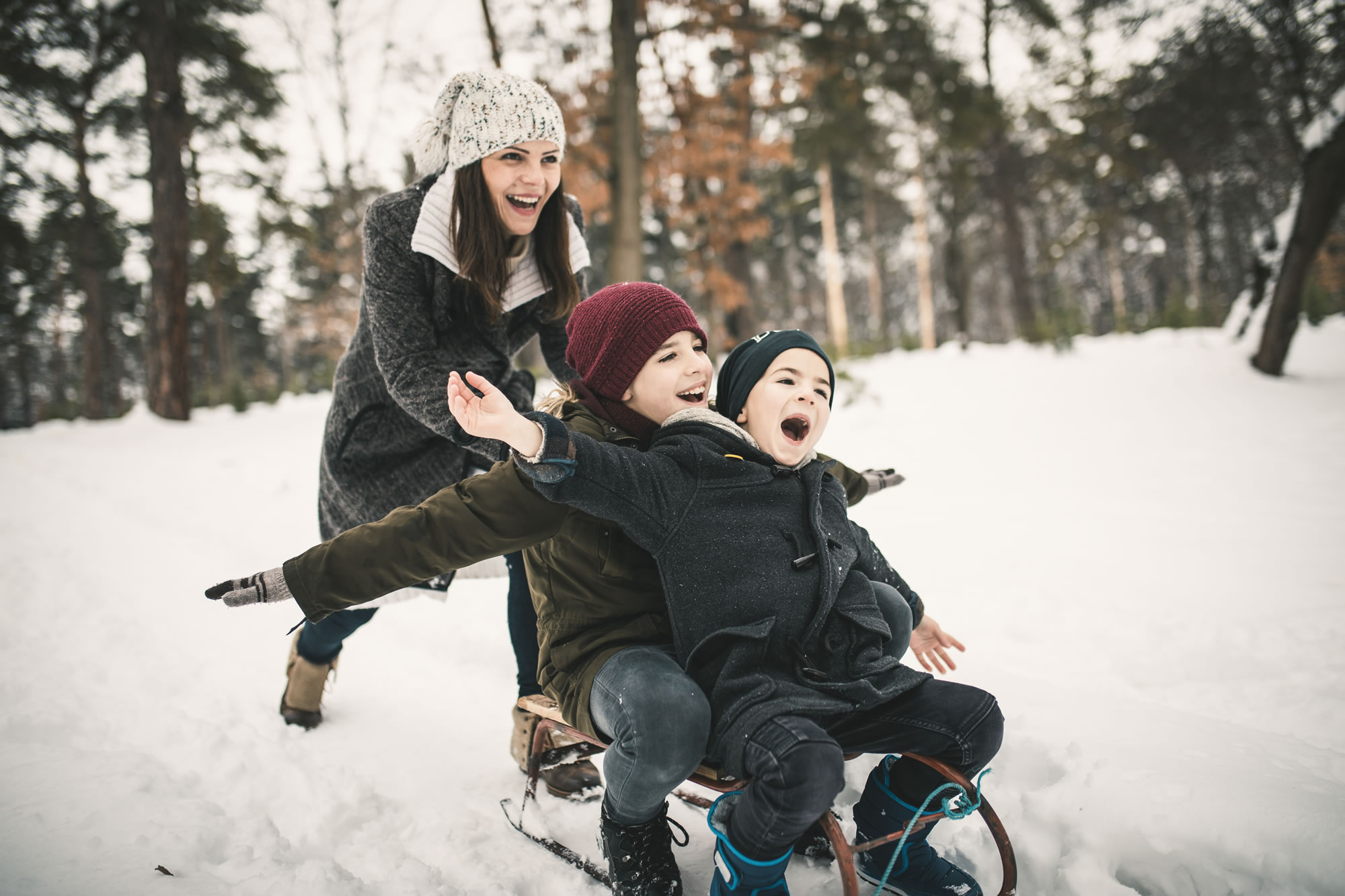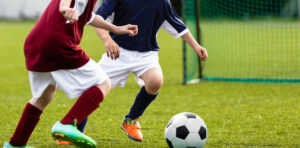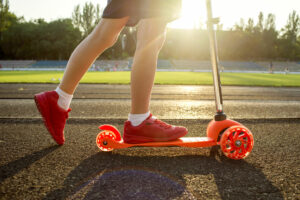Many of us are embracing winter by partaking in a cherished Canadian pastime, sledding. While sledding can seem like harmless fun, sledding injuries have sent many to emergency rooms each year.
Research shows over 20,000 emergency room visits per year were a direct result of sledding injuries in patients 19 and younger. Some Canadian cities, such as Hamilton, Ontario, have even continued to ban sledding, placing “No Tobogganing” signs on popular hills and a $105 fine on the winter activity.
Luckily in BC, sledding is still allowed in designated areas to keep everyone active during the cooler months. Michael A. Gleiber, MD offers the following tips in The Huffington Post so that you and your family can enjoy the snow safely:
- Helmets: “Dad, do I really need to wear that dorky helmet?” Yes! As sleds can reach high speeds, a blow to the head could result in a concussion or more serious head injury. Children should always wear a helmet when sledding.
- Sled Gear: Opt for a sled with runners and a steering mechanism, rather than a piece of cardboard, toboggan, snow disc, or inflatable snow tube. Steering can help riders avoid unexpected obstacles.
- The Right Terrain: Choose a hill that is designated for sledding. Avoid sledding with hard-packed snow or ice that will make for a harder landing. If you see an obstacle and cannot stop or steer away from it, roll off the sled away from the obstacle.
- Feet First: Going head first down a hill puts you at a greater risk for head injury. Instead, sit on the sled facing forward.
For More Information:
- Snow Sledding Tips to Avoid Landing in the ER, The Huffington Post
- Hamilton tobogganing ban gives city legal protection, no fines handed out, CBC Hamilton







